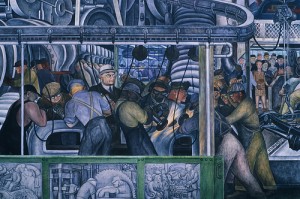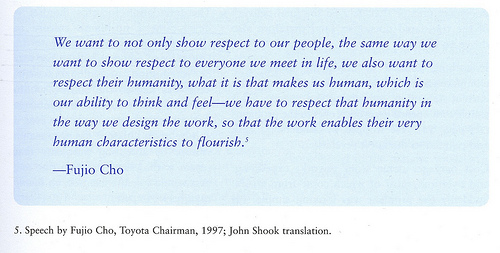 A children’s traffic park is a park where children ride pedal-powered cars on roads and operate according to traffic laws. I have been to quite a few such parks, but it was my recent visit to one in Pori that really opened my eyes to the vices of batch production.
A children’s traffic park is a park where children ride pedal-powered cars on roads and operate according to traffic laws. I have been to quite a few such parks, but it was my recent visit to one in Pori that really opened my eyes to the vices of batch production.
You see, I have hardly ever had to queue in a traffic park. However, in two attempts at Pori’s traffic park on different days, my children were unable to get a ride. On the first day, the queue was 2,5 hours, and on the second day, the queue was 1,5 hours. How on earth is this even possible?















